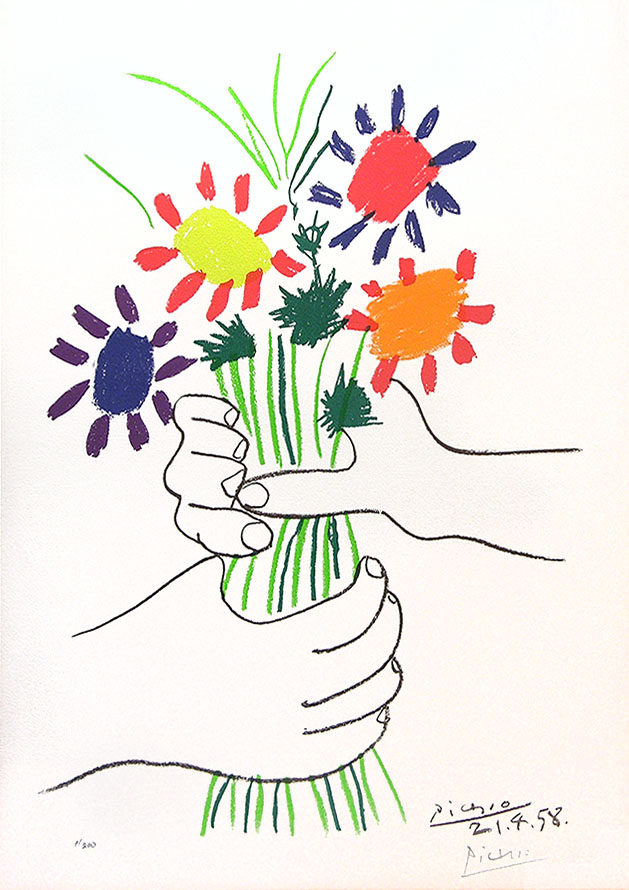.jpg)
Botticelli painted Primavera sometime between 1477 and 1482, probably for the marriage of Lorenzo di Pierfrancesco, Lorenzo Medici's cousin. The date is just one of the many facts surrounding the painting that remain unclear. For starters, its original title is unknown; it was first called La Primavera by the artist/art historian Giorgio Vasari, who only saw it some 70 years after it was painted. While it’s generally agreed that on one level Primavera depicts themes of love and marriage and fertility, the work’s precise meaning continues to be debated. Here’s what we think we know:
Primavera depicts a group of figures in an orange grove (which may reflect the fact that the Medici family had adopted the orange tree as its family symbol). To the far left of the painting stands Mercury dissipating the clouds of winter with his staff for spring to come.
Next to Mercury stand the Three Graces, who represent the feminine virtues of Chastity, Beauty, and Love; the pearls on their heads symbolize purity.
Next to them, in the center of the composition, is the Roman goddess Venus, who protects and cares for the institution of marriage. Above her is her son, cupid, blindfolded as he shoots his arrows of love towards the Three Graces.
On the far right of the painting, we see Zephyrus, the west wind, pursuing a nymph named Chloris. After he succeeds in reaching her, Chloris transforms into Flora, goddess of spring. The transformation is indicated by the flowers coming out of Chloris’s mouth. Flora scatters the flowers she gathered on her dress, symbolizing springtime and fertility.
We'll begin by creating a proportional figure.
Video on how to draw a proportional figure video
or you can print out this image at full size and use it (after you glue the pieces together).
Here are clothing examples of how you can dress your figures.


NOW FOR THE BACKGROUND
You will need a piece of paper, a set of watercolors, a paintbrush, black paint, black crayola marker, and a circle template of some sort.
Today we're going to create the background for our proportional figure. Please watch the TWO videos below in order to finish your backgrounds.
Watercoloring the background video
Creating the trees for your background video
Have fun creating.





















